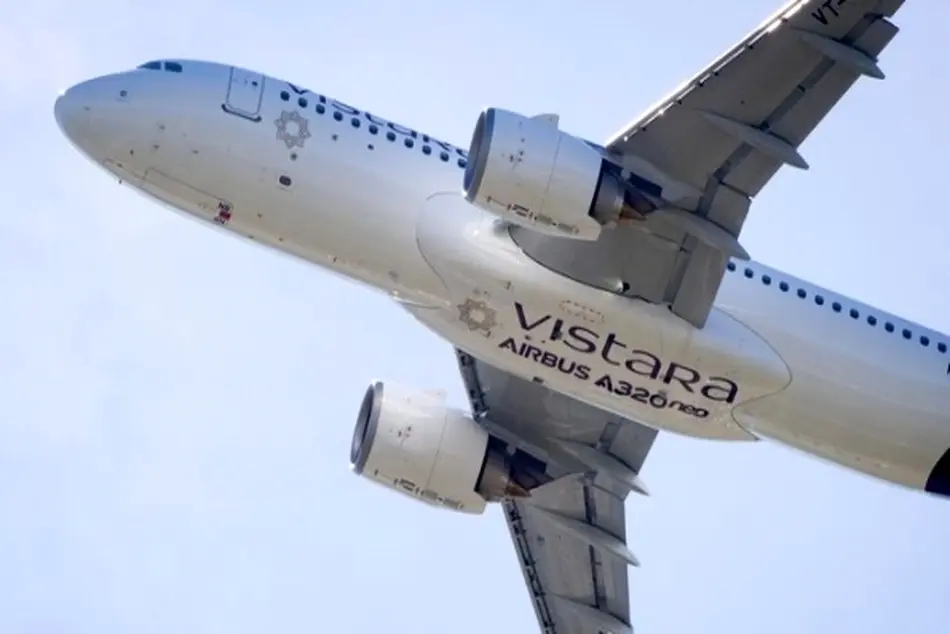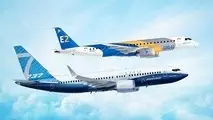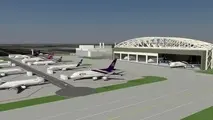Vistara’s new Airbus, Boeing orders to enable international expansion
Indian airline Vistara advanced its goal of launching international service in 2018 with commitments to order 13 Airbus A320neos and six Boeing 787-9s, in deals valued at a combined $3.1 billion at list prices, the company announced July 11.

Indian airline Vistara advanced its goal of launching international service in 2018 with commitments to order 13 Airbus A320neos and six Boeing 787-9s, in deals valued at a combined $3.1 billion at list prices, the company announced July 11.
Vistara will also option purchasing an additional seven A320neo family aircraft and four additional 787 family aircraft; CFM International LEAP 1-A engines were selected for the A320neo family aircraft and GEnx-1B engines will be installed on the new 787s.
The Airbus aircraft are set for delivery between 2019 and 2023, while the 787s are scheduled for delivery between 2020 and 2021.
Vistara—a 51/49 joint venture between Tata Sons, one of India’s largest conglomerates, and Singapore Airlines—will use its new A320neos to increase frequencies on its existing domestic routes, as well as supporting international operations planned for later this year. The airline plans to use its 787-9s on medium- and long-haul international routes.
Based in Gurgaon, India, and operating from a hub at Delhi’s Indira Gandhi International Airport, Vistara’s current fleet comprises 13 A320ceos and eight A320neos, which the airline flies to 22 domestic Indian destinations with over 800 flights weekly.
From its initial order, Vistara has one more A320neo due for delivery in September. Along with the new orders announced July 11, the company said it will lease an additional 37 new A320neo family aircraft from various unspecified lessors, bringing its total of new A320neos to 50.
Vistara took delivery of its 21st aircraft, an A320neo, in June, which made the airline eligible to start international operations. Until 2016, Indian regulations stipulated that an airline could only begin international services after it had been in business for five years and had a minimum fleet of 20 aircraft. A new national civil aviation policy did away with the five-year threshold in June 2016 (Vistara began commercial operations in January 2015) but retained the requirement for airlines to operate at least 20 aircraft, or reserve 20% of their fleet for domestic operations, whichever is higher.
CEO Leslie Thng, noting the doubling of India’s air passenger traffic in the past decade, expressed confidence in Vistara’s “aggressive plans for domestic expansion and international foray” and described the new aircraft orders as a “landmark step in Vistara’s journey … [demonstrating] our deep-rooted commitment to contributing to the rise of the Indian aviation industry.”
Source: atwonline



